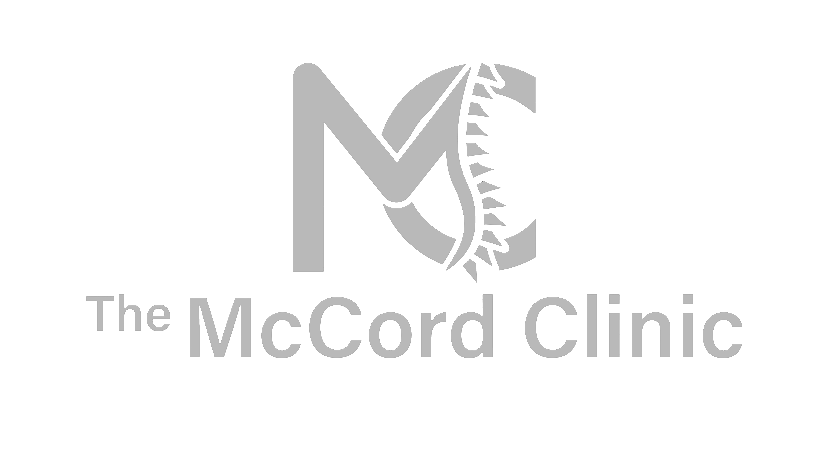
Soft tissue injuries are common, ranging from minor strains to more severe tears in muscles, tendons, and ligaments. Understanding the healing process is essential to promote optimal recovery and prevent long-term complications. My goal of this blog post is to educate you on what happens at a cellular level during injury so that you can make an informed decision as to whether or not you should “just deal with it”.
Phase 1: Inflammatory Phase The first phase of healing begins immediately after the injury occurs and last anywhere between 24-72 hours. In this phase, the body initiates an inflammatory response to protect and heal the damaged tissues. The injured area becomes swollen, red, and painful as blood flow increases to deliver necessary nutrients and cells. Treatment during this phase focuses on managing pain, reducing inflammation, and protecting the injured tissue from further harm. Care may include gentle joint mobilization, soft tissue therapy, and modalities such as ice therapy to alleviate pain and support the healing process.
Phase 2: Proliferative Phase During the proliferative phase, which usually lasts a few days to several weeks, the body starts rebuilding and repairing the injured tissues. Fibroblasts, specialized cells responsible for collagen production, lay down new collagen fibers to bridge the gap in damaged tissue. Treatment during this phase aims to facilitate proper tissue formation and prevent the development of scar tissue. Chiropractors may employ techniques like mechanical traction, therapeutic exercises, myofascial release, and instrument-assisted soft tissue mobilization (IASTM) to promote tissue alignment and encourage healthy scar formation.


Phase 3: Remodeling Phase The remodeling phase is characterized by the realignment and strengthening of the newly formed tissues. It can last from a few weeks to several months, depending on the extent of the injury. During this phase, the initially disorganized collagen fibers gradually reorganize, becoming stronger and more functional. Treatment at this stage focuses on restoring optimal function and range of motion through therapeutic exercises, chiropractic adjustments, and other modalities. These interventions help prevent muscle imbalances, promote tissue flexibility, and enhance overall biomechanics which will lead to better outcomes and a decreased risk for re-injury.
Phase 4: Maturation Phase The final phase of healing, the maturation phase, involves the long-term remodeling and maturation of the repaired tissue. Collagen fibers continue to strengthen and reorganize, gradually restoring the injured area to its pre-injury state. The duration of this phase can vary significantly, ranging from months to years. Treatment during the maturation phase aims to maintain the gains achieved in the previous phases and prevent reinjury. Regular chiropractic visits, exercise programs, and lifestyle modifications can all contribute to long-term tissue health and injury prevention.
Importance of Treatment during the Healing Phases: Receiving appropriate treatment during each phase of healing is crucial for several reasons:
- Enhanced Recovery: Proper treatment helps accelerate the healing process, minimize pain, and reduce the risk of complications.
- Optimal Tissue Repair: Targeted interventions, such as chiropractic mobilization techniques, soft tissue therapy, and exercises, promote the formation of healthy, functional tissue.
- Prevention of Chronic Issues: Timely treatment can prevent the development of chronic pain, muscle imbalances, and movement dysfunctions.
- Improved Function and Performance: Comprehensive care throughout the healing phases ensures better functional outcomes and enhances performance in daily activities, sports, or physical pursuits.
Understanding the four phases of healing with soft tissue injuries is vital for both patients and healthcare professionals. By recognizing the importance of appropriate treatment during each phase, individuals can actively participate in their recovery and achieve optimal healing outcomes. Chiropractic care, with its focus on holistic approaches and tailored interventions, plays a significant role in facilitating the healing process and restoring function in individuals with soft tissue injuries.
